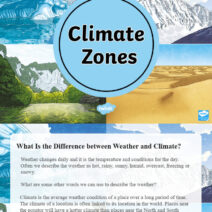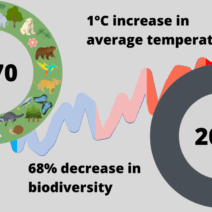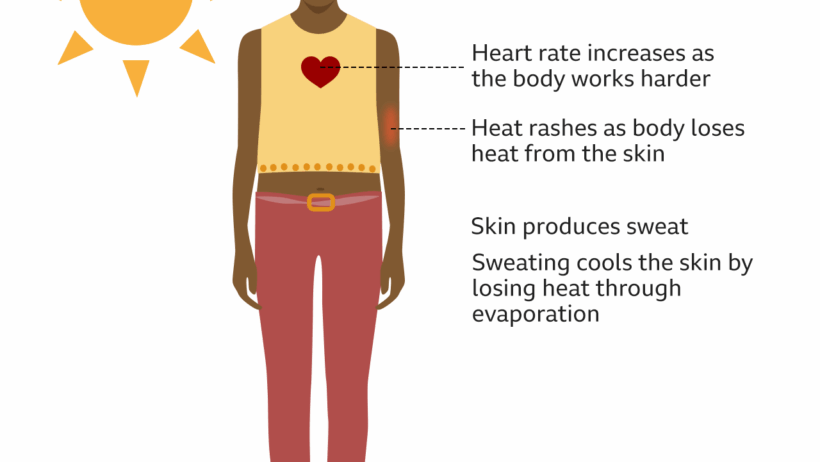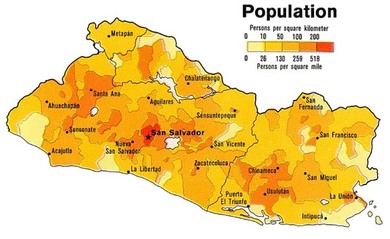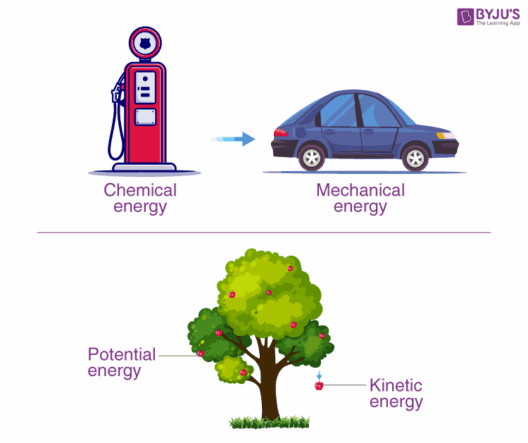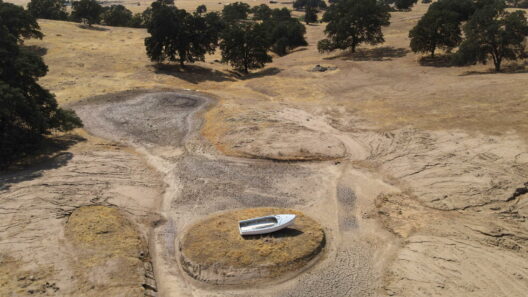As the sun blazes ever more furiously, our skin, the human body’s largest organ, feels the brunt of rising temperatures. Picture a delicate painting, its colors fading in the relentless heat. Such is the plight of our dermis under the escalating phenomenon of global warming. This insidious increase in temperature extends beyond discomfort—its impact seeps into the very fabric of our health, causing an array of perturbing issues that affect not only our epidermis but our overall wellbeing.
The connection between the climate crisis and skin health may seem tenuous at first glance, like a mere shadow barely flickering at dusk. However, this relationship is profound and multifaceted. Increased exposure to ultraviolet (UV) radiation, driven by the depletion of the ozone layer and extended periods of extreme weather, has emerged as a principal concern. UV radiation emerges as both a friend and foe; while it aids in the synthesis of vitamin D, excessive exposure can lead to an alarmingly high incidence of skin cancers, sunburns, and premature aging.
As we delve deeper into this connection, we uncover an interesting paradox. On one hand, warmer weather heralds the arrival of beach days, revitalizing outdoor activities that invigorate our mental health. On the other hand, these indulgences expose our skin to greater risk. The imbalance of UV exposure, exacerbated by weak health and environmental policies that fail to adequately address these concerns, leaves individuals vulnerable to serious skin conditions like melanoma, squamous cell carcinoma, and basal cell carcinoma.
Moreover, the escalation in global temperatures contributes to alterations in humidity levels, which further influences skin health. Elevated temperatures foster the proliferation of various environmental allergens and pollutants, leading to more significant rates of skin irritation and allergies. The intrinsic link between rising temperatures and the perturbation of air quality is a concern as pollution particles accumulate, aggravating conditions such as eczema and dermatitis. Each breath we take, laden with toxins, is akin to a persistent parasite, unceasingly gnawing at the edges of our skin’s defenses.
Additionally, climate change fosters an environment where vector-borne diseases thrive. As warmer climates expand the habitats of fleas, ticks, and mosquitoes, the frequency of skin infections due to insect bites increases. These infections can result in more severe health complications, not to mention the psychological toll that comes with the fear of itchy, inflamed skin harbored by unseen bites. The simple joy of a summer evening can be overshadowed by the threat these vectors pose, transforming our carefree moments into a source of anxiety.
But the impact of climate change on skin health does not stop there. The economically disadvantaged populations often bear the brunt of these cascading effects. As urban areas continue to expand, especially in developing nations, access to green spaces diminishes. This urban heat island phenomenon intensifies local temperatures, creating an oppressive environment that negatively impacts the skin of residents. Lacking adequate resources for quality skincare products, these communities find themselves particularly susceptible to the deleterious effects of rising heat, perpetuating a cycle of health inequities.
As beholders of this shared Earth, we find ourselves at a crossroads—the melting glaciers and rising tides serve as stark reminders of a warming planet. The stratum of our skin may serve as a metaphor for the layers of society, reinforcing the notion that individual health cannot be dissociated from environmental health. It implores us to consider that the wellbeing of one often hinges on the wellbeing of many. Advocate for policies that reduce greenhouse gas emissions and promote sustainability. Joining forces in the fight against climate change is imperative—every action, no matter how small, contributes to a collective resurgence.
So, what can individuals do to safeguard their skin amidst this warming milieu? First and foremost, prioritizing sun protection is critical. Utilizing broad-spectrum sunscreens with a sufficient SPF, wearing protective clothing, and seeking shade during peak sunlight hours can mitigate the harmful effects of UV exposure. Regular skin checks for unusual moles or changes in skin texture can serve as lifesaving early-warning systems, enabling prompt intervention.
Additionally, fostering a skincare routine that prioritizes hydration is essential. As the climate grows increasingly erratic, ensuring that the skin remains moisturized can counteract the drying effects of heat and pollution. Incorporating antioxidants into skincare regimes can combat oxidative stress, a significant factor in skin deterioration. Natural remedies, such as aloe vera and vitamin E, can be soothing allies against inflamed or sunburned skin.
Furthermore, public advocacy for greener initiatives—whether through supporting local farmers’ markets or participating in community clean-ups—can foster a culture of sustainability. The link between climate action and personal health is undeniable; the ripple effects of recovery can be felt far beyond individual skin health, producing a wave of positive change.
In conclusion, the escalating heat brought on by global warming poses significant threats to skin health, intertwining our wellbeing with the health of the planet. It is essential to recognize that caring for our skin is more than just a personal endeavor; it is a communal one. As the Earth bears witness to unprecedented change, our collective responses will ultimately shape not just the resilience of our skin, but the vitality of future generations. Together, it is possible to counter the oppressive heat and cultivate a healthier existence for all.

